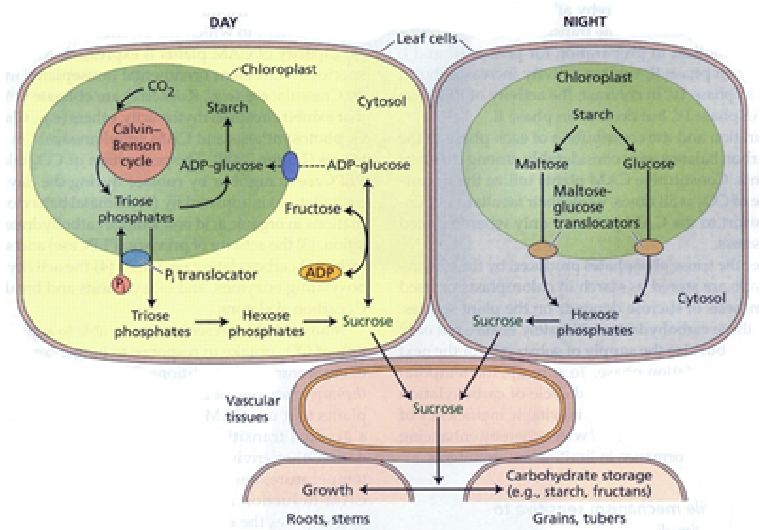48.HOW DO PLANTS TAKE IN THEIR FOOD?
We must not forget that plants are living things. They eat, drink, and breathe, and without plenty of good food, they die. With the exception of two classes of plants, all plants manufacture their own food. Let’s see how they go about doing this.
The marvelous substance called chlorophyll in the cells of the leaves and often in the stem and flowers helps the living tissue of the plant to absorb the energy from sunlight. This energy transforms dead (inorganic) chemicals into life-giving (organic) chemicals. The name for this truly amazing process is photosynthesis.
But to build living tissues, carbon is required. The plant obtains this carbon from the air. (It exists in the air combined with oxygen in a form called carbon dioxide.) Once the plant takes in the carbon, it must combine it with other substances to build various parts of the plant.
The most important of these is water, from which the plant takes hydrogen. In the water, there must be certain minerals which the plant needs. These are mostly compounds of nitrogen, sulphur, phosphorous, potassium, calcium, magnesium, sodium, and iron.
The plant gets this water and minerals through its roots. One of the reasons roots become long at their tips is so that they can keep coming in contact with new parts of the soil in their search for minerals and water. Thousands of tiny root hairs project from the surface of the young roots, growing about soil particles and absorbing materials from them. Part of the water taken in through the roots is used to make sugar. The rest is given off from the leaves. A plant wilts when water goes out of the leaves faster than it comes in through the roots.
Did you know that no two leaves are exactly alike, even if they have the same shape and color?



Leave a Reply